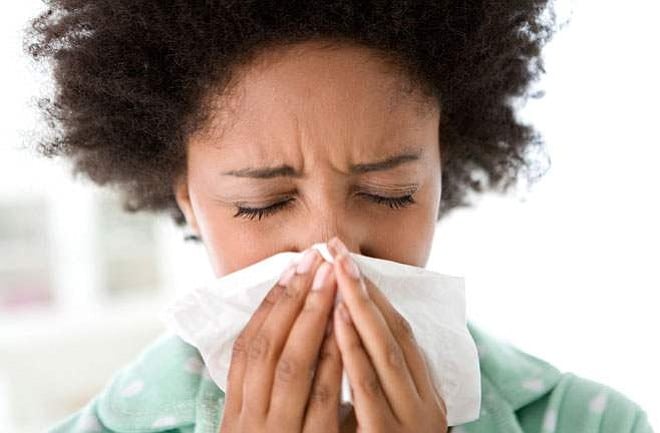Your eyes start to water and you’re sneezing like crazy. Uh-oh. It’s allergy season. Again.
A seasonal allergy is an allergic reaction to a trigger that is typically only present for part of the year, such as spring or fall. This type of allergy refers to a pollen allergy, such as trees, weeds and grasses. Perennial allergies, on the other hand, are usually present year-round, and include allergens such as pet dander and house dust mite. Molds can be a seasonal or perennial allergy trigger.
What to do?
Reduce Exposure to Allergy Triggers
To reduce your exposure to the things that trigger your allergy signs and symptoms (allergens):
Stay indoors on dry, windy days—the best time to go outside is after a good rain, which helps clear pollen from the air.
Delegate lawn mowing, weed pulling and other gardening chores that stir up allergens.
Remove clothes you’ve worn outside; you may also want to shower to rinse pollen from your skin and hair.
Don’t hang laundry outside; pollen can stick to sheets and towels.
Wear a dust mask if you do outside chores.
Take Extra Precaution When Pollen Counts Are High
Seasonal allergy signs and symptoms can flare up when there’s a lot of pollen in the air. These steps can help you reduce your exposure:
Check your local TV or radio station, your local newspaper, or the Internet for pollen forecasts and current pollen levels.
If high pollen counts are forecasted, start taking allergy medications before your symptoms start.
Close doors and windows at night or any other time when pollen counts are high.
Avoid outdoor activity in the early morning when pollen counts are highest.
Keep Indoor Air Clean
There’s no miracle product that can eliminate all allergens from the air in your home, but these suggestions may help:
Use the air conditioning in your house and car.
If you have forced air heating or air conditioning in your house, use high-efficiency filters and follow regular maintenance schedules.
Keep indoor air dry with a dehumidifier.
Use a portable high-efficiency particulate air (HEPA) filter in your bedroom.
Clean floors often with a vacuum cleaner that has a HEPA filter.
From the American Academy of Allergy, Asthma and Immunology and the Mayo Clinic
Seasonal Allergies: All About Sneezing, Wheezing and Scratching






